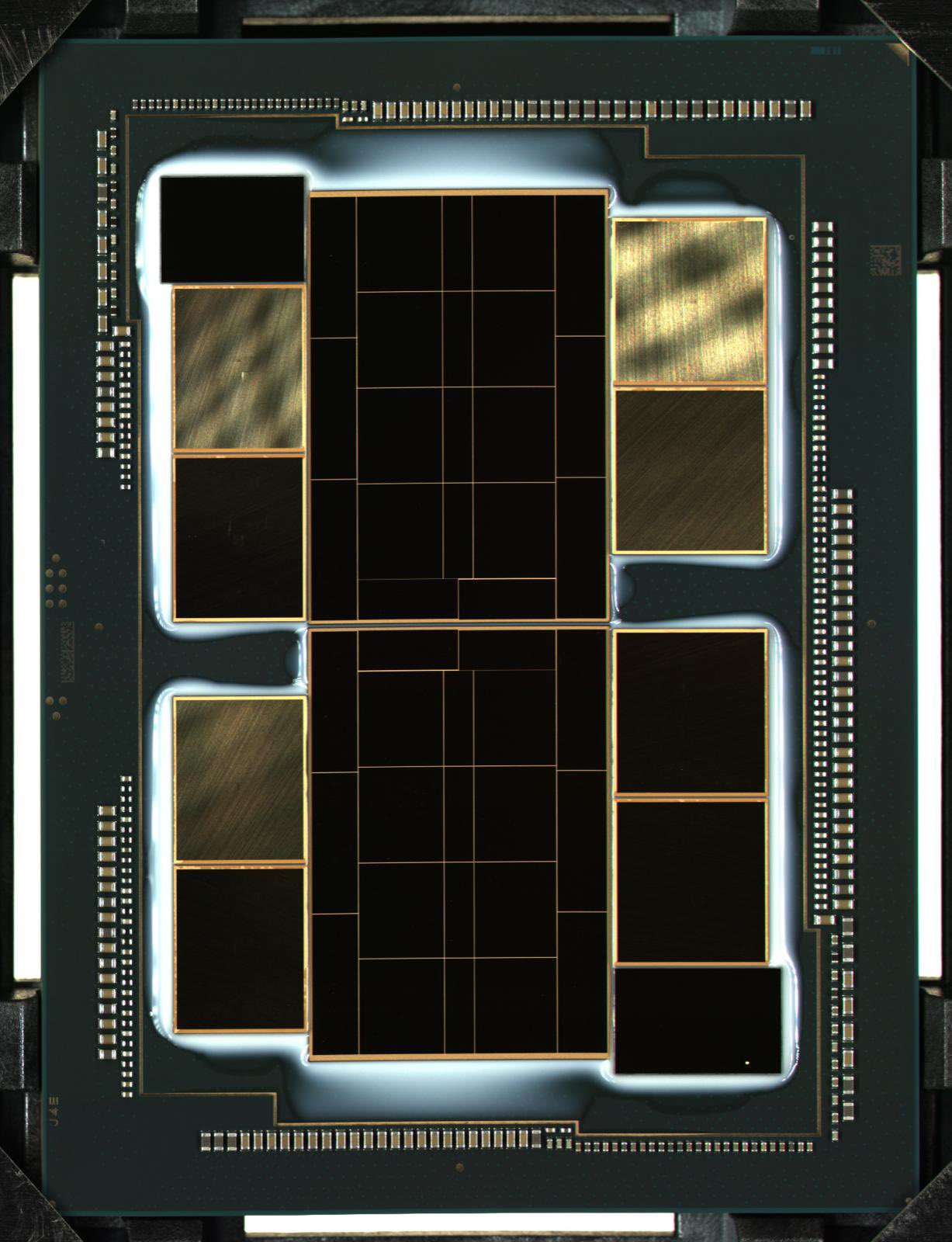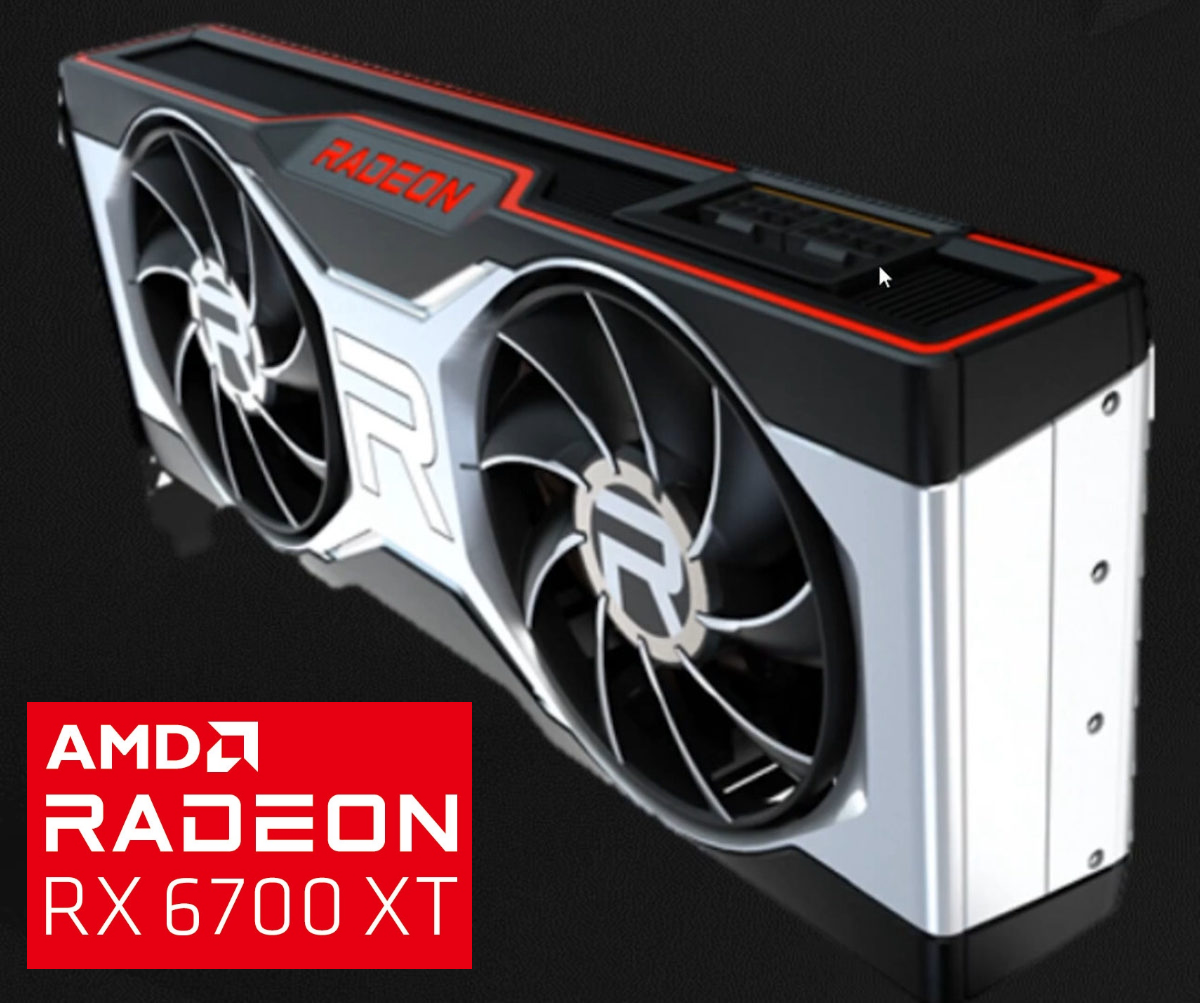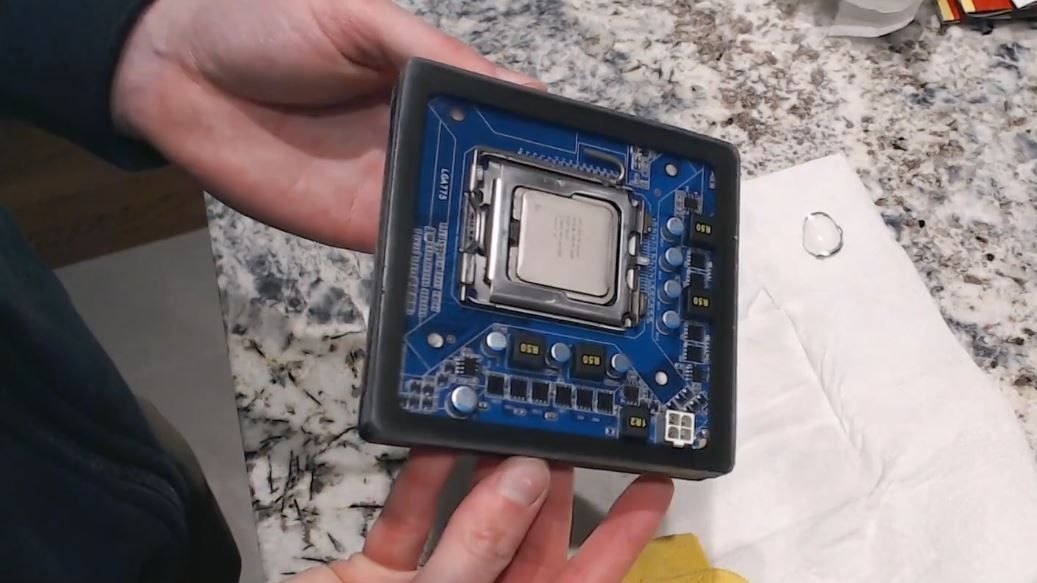proc.indah.link
Advanced Micro Devices (NASDAQ:AMD) wowed Wall Street with its fourth-quarter results, posting huge year-over-year growth in revenue and earnings thanks to solid demand for its products across various verticals.
The chipmaker's revenue jumped 53% year over year in the fourth quarter to $3.24 billion. This was the first time AMD's quarterly revenue crossed the $3 billion level. Non-GAAP net income jumped 66% to $636 million, and earnings per share soared to $0.52 from $0.32 in the prior-year period. Analysts were expecting AMD to earn $0.47 per share on revenue of $3.03 billion.
AMD believes this terrific momentum will continue in the new year, primarily driven by growth in the data center, video gaming, and the personal computer (PC) businesses. These segments could help AMD deliver more upside in 2021. Let's see how.

Image source: Getty Images.
AMD's guidance sets the stage for a terrific year
AMD expects 37% revenue growth in 2021. That's impressive considering that the chipmaker delivered a 45% jump in the top line last year to $9.76 billion. Additionally, AMD expects a non-GAAP gross margin of 47% this year, up 2 percentage points over 2020 levels.
AMD's guidance is way better than Wall Street's expectation of 25.7% revenue growth for 2021. That's not surprising, as the catalysts that powered its growth in 2020 could get even better in the new year.
The computing and graphics business, for instance, is sitting on a couple of strong tailwinds. Accounting for nearly two-thirds of the top line, this segment's revenue shot up nearly 37% year over year on the back of strong sales of its Ryzen desktop processors.
AMD said on its latest earnings conference call that the sales of its new Ryzen 5000 desktop processors that were launched in October 2020 were more than double "the launch quarter sales of any prior-generation Ryzen desktop processor." On the other hand, sales of AMD's laptop-focused Ryzen 4000 chips increased in the double digits on a year over year basis, thanks to the 100 design wins the company had scored in early 2020 for these processors. In fact, AMD closed 2020 with record shipments of its mobile processors.
AMD is looking to turn things up a notch in 2021. The company recently released its Ryzen 5000 mobile processors based on the updated Zen 3 architecture. The company claims that the new laptop chips can deliver up to 23% performance gains and a longer battery life of up to 17.5 hours.
What's more, AMD management says that it aims to "increase the number of notebook designs powered by our new Ryzen 5000 processors by 50% compared to our prior generation." In simpler words, laptop and notebook original equipment manufacturers (OEMs) are going to launch more models with AMD processors.
Meanwhile, AMD looks set to take away more market share from Intel in the desktop processor space as well. Wall Street analysts expect AMD to boost its CPU market share to 50% in 2021 as compared to 22.4% in the third quarter of 2020, driven by the chipmaker's technological advantage over Intel.
The graphics business is also in fine form for AMD. The RX 6000 series graphics cards that the company launched late last year are witnessing overwhelming demand, with "launch quarter shipments three times larger than any prior AMD gaming GPU priced above $549." The chipmaker has been unable to produce enough cards to meet the strong demand so far, and it continues to ramp up production to address the supply constraint.
All of this indicates that AMD's computing and graphics business is about to have a solid year ahead.
More reasons to buy
AMD's enterprise, embedded and semi-custom (EESC) business accounts for the remainder of the company's top line, and it came into its own in 2020. The segment's revenue shot up 65% last year to $3.33 billion. Fourth-quarter growth was even more astronomic, with a year-over-year revenue spike of 176%.
The EESC business has stepped on the gas lately thanks to the arrival of Sony's and Microsoft's latest gaming consoles, which use AMD's chips. The company points out that sales of its semicustom chips used in the latest consoles are growing at a faster pace than the previous console cycle. More importantly, AMD expects sales of its semicustom chips to remain stronger than usual in the first half of 2021.
AMD is also upbeat about the server market, where customers such as Microsoft, Google, and Tencent are buying more of its EPYC server processors. The number of cloud instances powered by AMD's chips doubled in 2020 to more than 200. The company looks all set to carry forward this momentum in 2021 with the impending launch of a new generation of server chips that could help it take more share of the server market and substantially boost revenue.
So investors who missed AMD's impressive rally in 2020 have reason to cheer, as the good times can continue this year. What's more, they now have a good opportunity to buy this hot growth stock after its post-earnings dip and set themselves up for long-term gains.
The Link Lonk
February 01, 2021
https://ift.tt/39x1XPA
AMD: Time to Buy This Hot Growth Stock - Motley Fool
https://ift.tt/2ZDueh5
AMD










